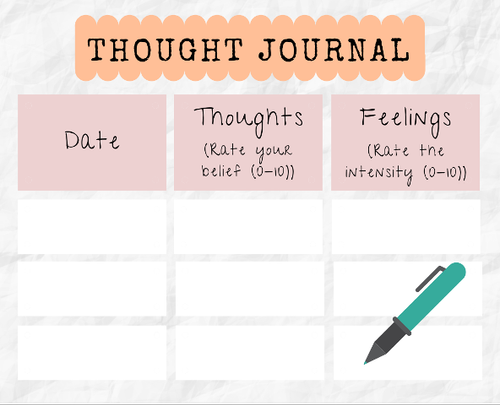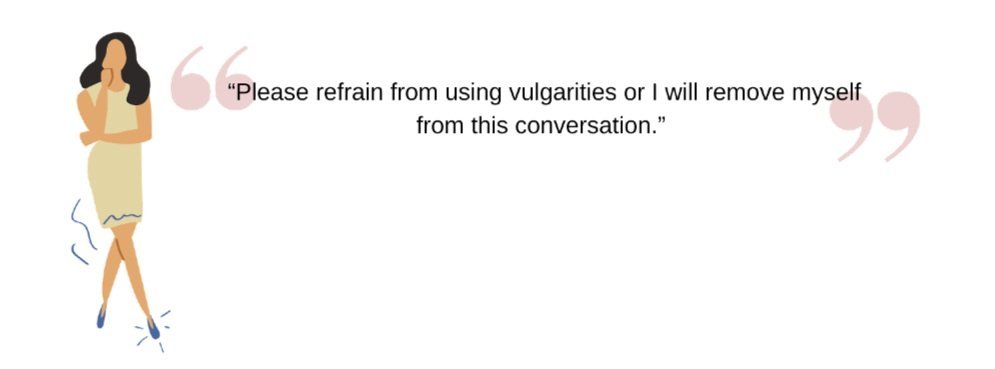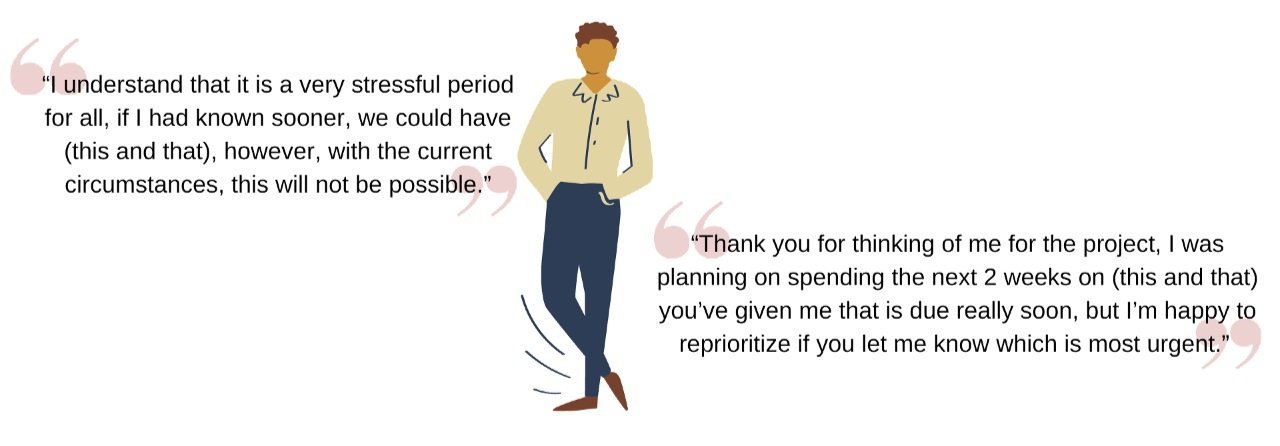Picture this scenario: Jenny is a customer service executive at a logistics firm. Recently, a new employee, Sam, was hired and Jenny is tasked with helping to train Sam. Rather than acting as a mentor to Sam, Jenny instead constantly ignores Sam’s emails, gives him the silent treatment, jokes about him behind his back, and refuses to train him to the best of her ability. Whenever Sam suggests a potential improvement to the workflow, she quickly rejects his viewpoints and gives off an air of superiority.
These behaviors exhibited by Jenny are considered passive-aggressive ones. But what exactly is passive aggressiveness?
Passive aggressiveness occurs when a person harbors negative feelings towards an individual and expresses those feelings in an indirectly harmful manner.
A person may feel negative feelings like anger or jealousy, but instead of communicating honestly, they mask their emotions through indirect hostility.
These are some examples of displays of passive aggressiveness at the workplace:
The silent treatment
Chronically procrastinating on tasks
Intentionally neglecting their share of the workload or shirking responsibilities as a form of “retaliation”
Withholding information
Disguised insults and non-compliments
Downplaying or ignoring other people’s achievements
Sarcasm
Spreading rumors
Being silent, sulky, sullen and resentful to get attention or sympathy
Passive aggressive behaviors are usually not immediately recognizable as “aggression”. After all, it is easier to notice aggression when people lash out at you. However, in the workplace, such behaviors create a toxic workplace environment, which comes along with a host of negative consequences such as burnout and lowered morale. Considering all these negative consequences, it is therefore important for passive aggressiveness to be carefully and effectively dealt with.
How should I respond to a passive aggressive colleague?
Responding to a passive aggressive colleague is tough and a great deal of patience is usually needed. This often comes with a hefty amount of stress and anxiety on your end too. However, equipping yourself with these skills goes a long way in making you a more confident and effective person!
Ψ Remove the reward
With many kinds of behaviors, a person will be more likely to engage in an action again if it is met with reinforcement. In the context of workplace passive aggressiveness, if you respond to a colleague’s behavior by going tit for tat, your response may actually end up reinforcing that colleague’s behavior such that it becomes even more likely for them to engage in passive aggressive behaviors again.
It can be difficult to resist the urge to respond to provocations by similarly being sarcastic or saying “it’s fine” when it actually is not. However, doing so is unlikely to get you anywhere and may even further escalate the conflict by perpetuating the person’s bad behavior. Instead, try to focus on keeping cool so you will remain composed and not act impulsively. The best way to achieve this is by giving the person objective, emotionally neutral responses whenever appropriate. For example, instead of using “you”, use first-person pronouns such as “I”, “we”, and “our”.
Ψ Ensure that expectations and deadlines are clearly and explicitly set at the start of any task or project
This is a good habit to carry out regardless of whether you have a passive-aggressive colleague or not. After all, communication is key! Ensure that you communicate diligently and set crystal clear expectations on the scope, expectations, and deadlines of any given project. To do this, confirm any discussions that you have about deadlines and actions in writing, send follow-up emails after meetings, or draft a performance agreement.
When this occurs, reasons such as “I did not know” become less plausible and it increases behavioral accountability. By ensuring that all communication is clear and understood by everyone, a passive-aggressive colleague will have to take responsibility for their own actions and have fewer opportunities to blame others for their mistakes.
Ψ Try to adopt an empathetic approach and understand the reasons behind their actions
Why is your colleague acting this way? Do they derive happiness from making others feel manipulated? It might be easy to simply write off their behaviors as being due to a nasty personality or intentionally being difficult. However, studies have found that passive aggressive behavior is often driven by deep seated fears of being rejected, a lack of self-esteem, as well as insecurity or as a maladaptive way of handling conflicts. When we take on an empathetic approach, this enables us to better understand why people act the way that they do, and to select a more appropriate means of responding.
Ψ Create a Safe Environment
Finally, foster an environment where your colleagues know that it is safe for them to raise concerns and issues with you in an open, direct, and constructive manner, rather than in covert ways. Let your colleagues know that they can always approach you if they are facing any problems rather than letting them bubble beneath the surface.
Of course, you will have to walk the talk too! You can create an encouraging and supportive workplace culture by fostering genuine, positive relationships with your colleagues.
Should you have any concerns about the well-being of your work team or wish to further support your employees, our Employee Assistance Program (EAP) aims to help employees in Singapore, from staff to managers, manage work- and personal-related issues that may otherwise result in a negative impact on their emotional well-being and job performance.









